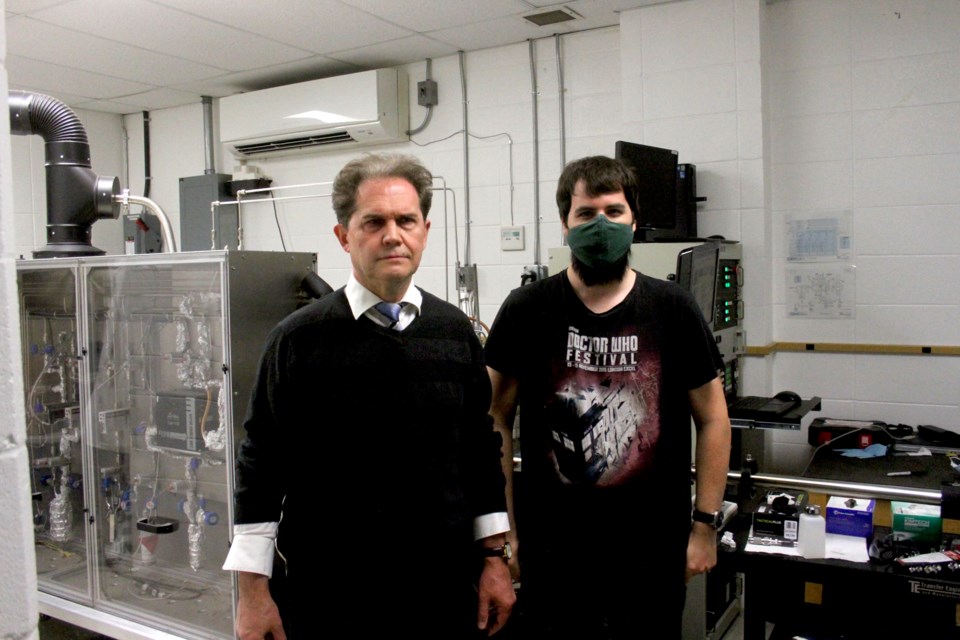THUNDER BAY – A Lakehead University professor is exploring a potentially new sustainable energy source that does not produce carbon emissions or any radioactive waste.
Dr. Dimiter Alexandrov’s research paper, Low Energy Nuclear Fusion Reactions in Solids: Experiments, was published in the International Journal of Energy Research in June 2021.
The experimental research suggests that a potentially new sustainable energy source could be generated using non-radioactive nuclear fusion.
“This could be a major achievement in the search for a truly sustainable energy source that does not produce carbon emissions or any radioactive waste,” Alexandrov said.
“This non-radioactive nuclear fusion technology has enormous potential as we seek clean, renewable energy solutions to replace fossil fuels.”
Alexandrov is the head of Lakehead’s Semiconductor Research Laboratory and teaches in Electrical Engineering and has been working on this research for more than four years.
“Our research, at this premises, is actually focused in two fields, the first field is light weight semi-conductors, and the second is development of novel energy sources based on the interaction of hydrogen, in fact, hydrogen isotopes, and solid matter,” Alexandrov sad,
“I’m going to talk about, the development of novel energy source based on interaction of deuterium and solid matter which actually showed significant energy release, especially with the experiments gathered here in this lab premises.”
The replicable experiments conducted by Alexandrov confirm that nuclear energy is released in the interaction. He also said that it might be possible to develop the technology into prototypes which could help address climate change by introducing an alternative green energy source to replace fossil fuels.
“Unlike other nuclear energy sources, this technology would not generate any radioactivity or produce radioactive waste,” Alexandrov said.
“It is scalable and has the potential to be deployed in remote communities here in Canada and across the world, and in mobile locations on land, sea, and even in space,”
Depending on the amount of funding made available for development, the prototype should be developed in the next 18 to 24 months, but Alexandrov adds that that period could be extended or shortened based on the several technical questions that need to be answered first.
To read Low Energy Nuclear Fusion Reactions in Solids: Experiments, by Dr. Dimiter Alexandrov, visit this website
